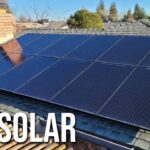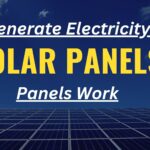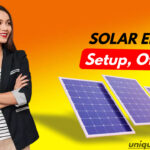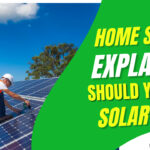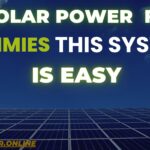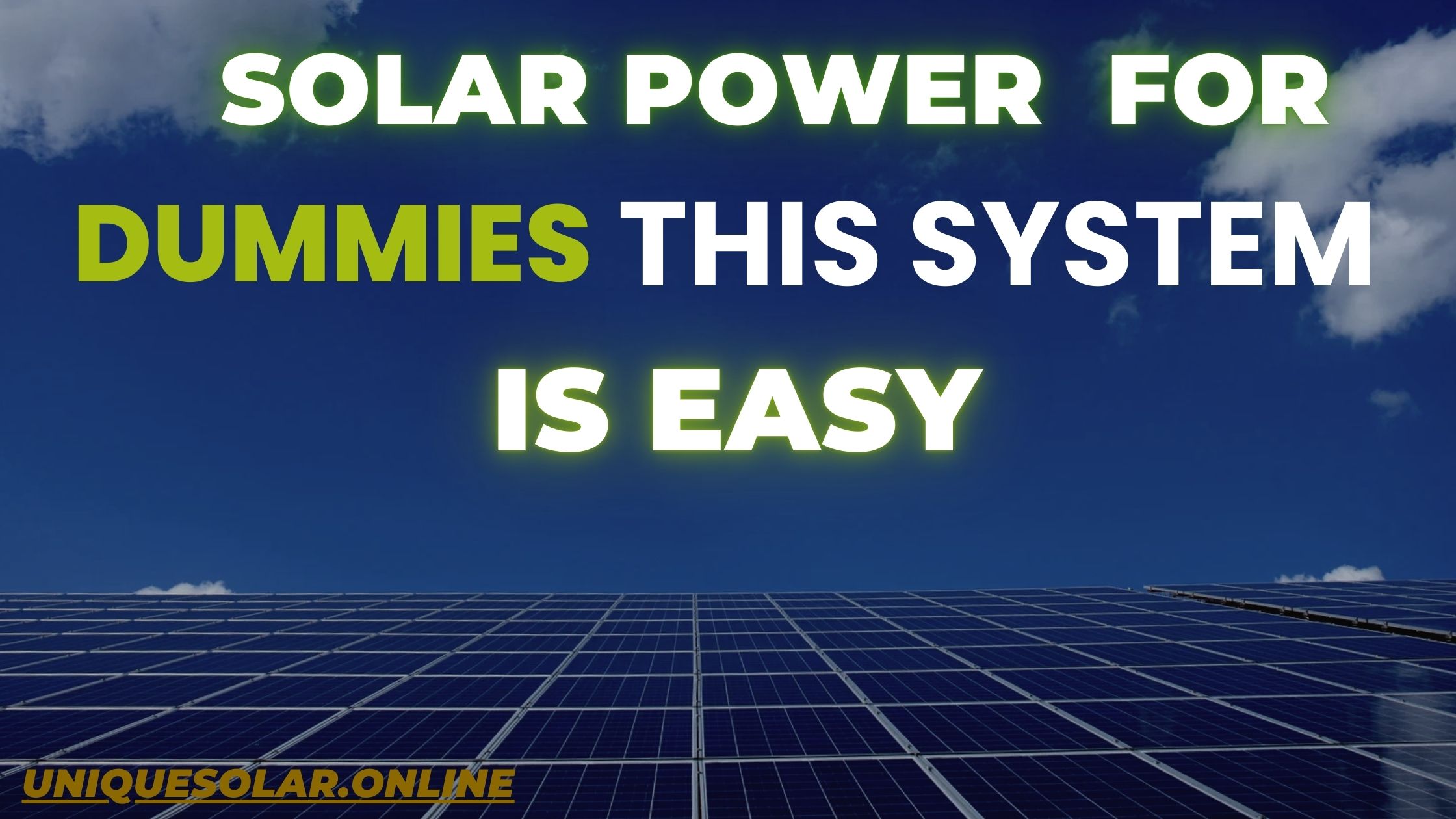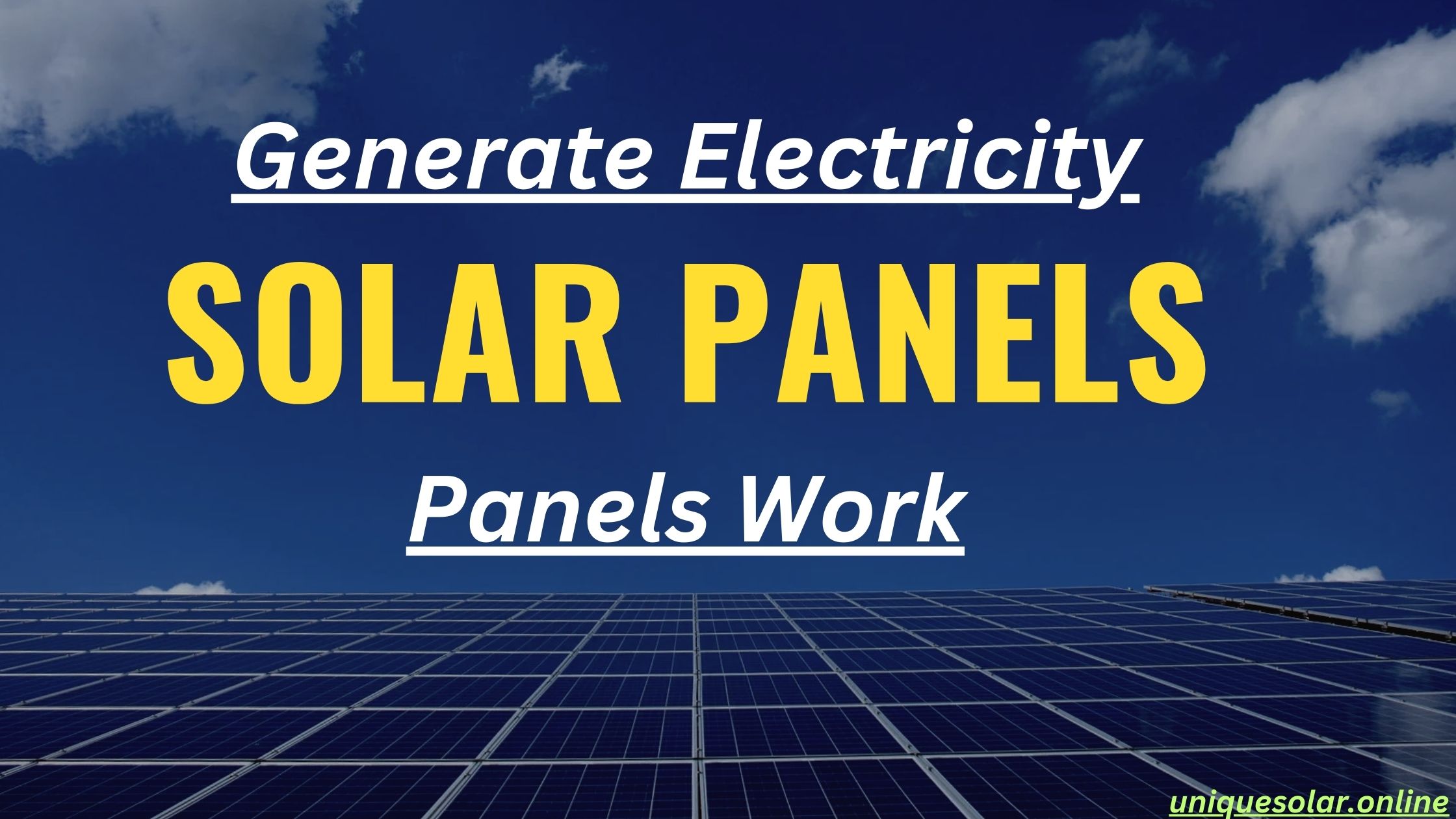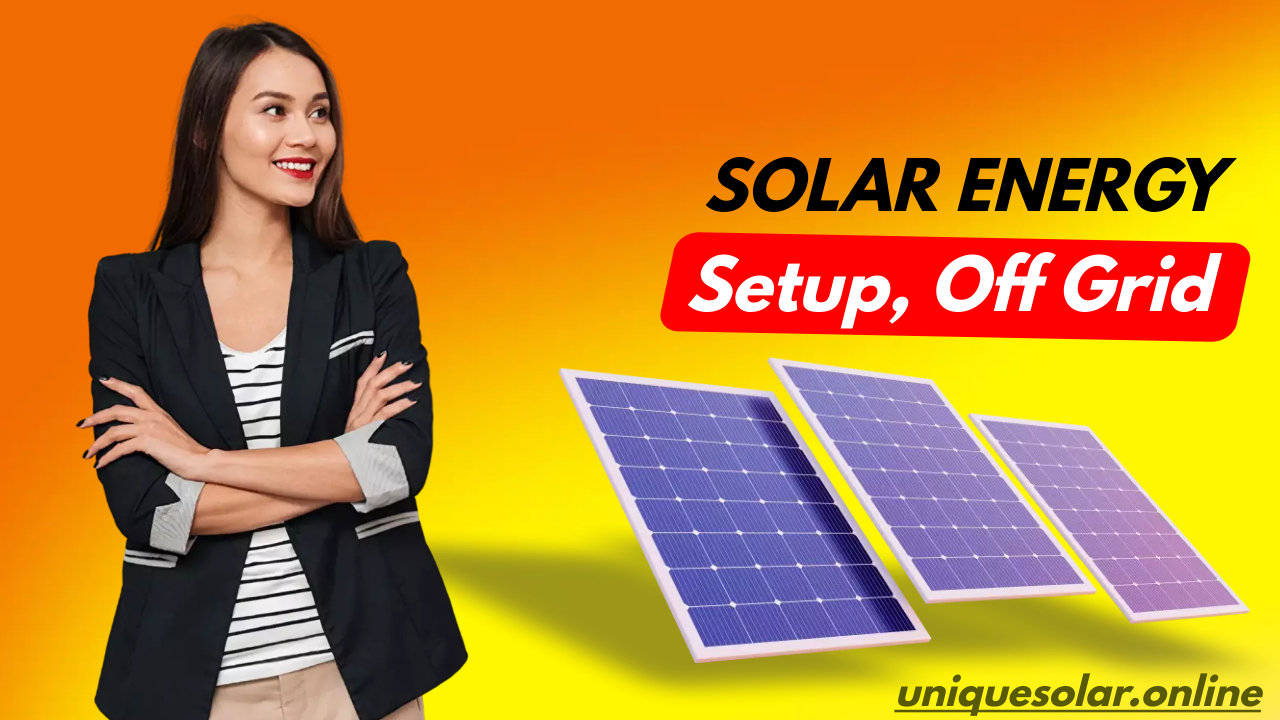ondering, and we’ve had no solar power, wind turbines, or any of the sort for 13 plus years.
Beginning Our Solar Power Journey
A couple of years ago, we started this adventure on adding solar power to the homestead. I’m going to walk you through the process right now on what we learned and what’s working right now, and give you some buyer bewares. Just to be clear, for 13 years, we’ve lived off this generator. Not that particular generator, but we’ve lived off a generator for 13 years. We’ve called it power on demand, so when we need power, we basically just turn it on for laptops and little dinky stuff that we use around here. We’ve learned how to not use electricity, you know, really good for all these years.

Solar Companies: Buyer Beware
Alright, so we’re just going to get right into the buyer beware part. Not all solar companies are created equal. A couple of years ago, we got contacted by this solar company right here, and basically, you know, they were like, “Man, you don’t like solar power? Solar power is so good.” And I was like, “Yeah, I don’t really see the return on investment.” They were like, “Look, we’re going to make you a solar believer,” and they sent out this whole unit here. I built this whole building, they sent the solar panels, I put the solar panels up, I wired everything that they said to do, and it never worked from day one pretty much.
The Problems We Faced with Solar Installation

So that caused us a lot of problems. If you can imagine having a whole deep freeze here full of all of our sustenance, our meat, big problem. So I basically unplugged the whole system. I talked to the company, and they basically said, “We’ve sent you ten thousand dollars worth of stuff and we’re washing our hands of you. Good luck.” That’s what happened. So I basically shut up about it, disconnected this stuff, and moved on.
Finding a New Solar Partner
Another company reached out to us just recently, in the last couple months, and they said, “Hey man, we want to work with you on the solar power stuff.” I said, “Look, I had a bad experience with the last company. You know, I don’t know if I’m really a believer in the stuff.” I said, “The only way I’m going to work with you is if you get our main stuff running, you know, what we’ve put together already. If you get that running, I’ll talk about the actual system you know that they wanted me to talk about.”
Setting Up the New Solar System
- So this is full disclosure and buyer beware.
- A DC combiner box
- A 48-volt solar inverter charger
- Three smart lithium-ion phosphate 48-volt 50-amp hour batteries
- And then they hung out on the emails and walked me through the whole process.
- We’ve had the system up and running now for almost 30 days.
- Solar panels we already had, but they weren’t connected up properly, so I had to get on with those guys, talk to them about the setup, and they actually got me hooked up properly with the solar panels.

Solar Panel Connections
So these three solar panels are hooked together, these three solar panels are hooked together, and these three solar panels are hooked together. Okay, this is the part where I’m going to walk you guys through how I have it all. First up, my solar panel wires: positive and negative from the first three, positive and negative from the second three, positive and negative from the third three. There’s nine panels up there; those all come down.
Integrating the DC Combiner Box
| Step | Description |
|---|---|
| 1 | I put in my little hillbilly transfer pipe here, ah don’t judge. |
| 2 | And then those three wires, right, I taped those, and they come into the DC combiner box. |
| 3 | Now, this DC combiner box is perfect for both on and off-grid solar systems. |
| 4 | It has a five-to-one connection feature, combining up to five solar panel inputs into one. |
| 5 | It’s easy to install and built in standard DIN rail. |
| 6 | Built-in circuit breaker for surge protection, and lightning protection device. |
| 7 | One year warranty on material and workmanship. |
Connecting to the Solar Inverter Charger
All my positive lines are coming into the top of these circuit breakers. My negative lines are going into this negative bus bar. My negative line comes off that bus bar. My positive comes off of here, goes out, and into the 48-volt solar inverter charger. The 48-volt 3500-watt solar inverter charger is an all-in-one combination of inverter, solar charger, and battery charger. The UPS system, powerful bypass function with uninterrupted power supply function for user-configurable models for different system configurations, and perfect for remote power applications where grid power is not.

